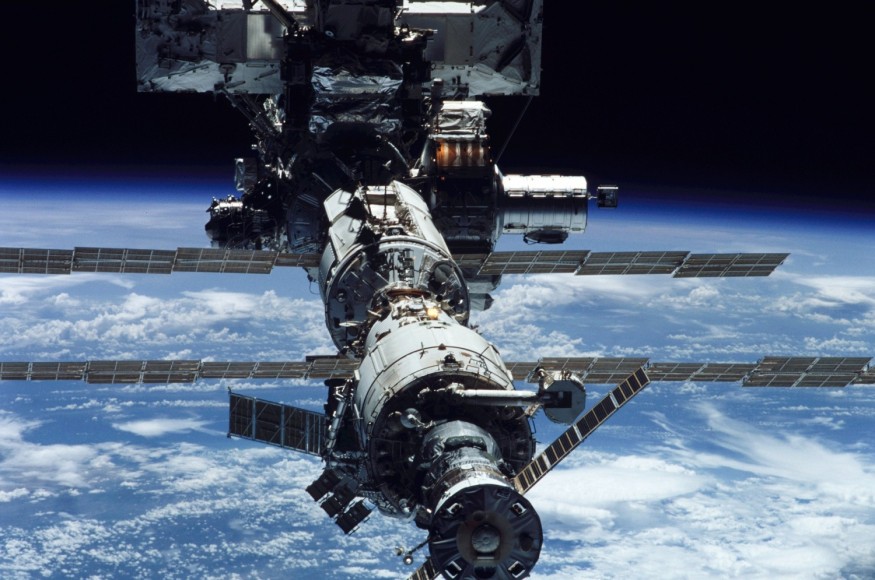NASA plans to launch SLS on Aug. 29 to prepare for a moon mission in 2025. But, before the big event, here's a comparison of the Saturn V, which was used by the agency's first moon landing.

NASA SLS vs. Saturn V: Height, Weight, Thrust, and Payload
The SLS is not quite as tall as the Saturn V, which has a massive height of 363 ft (110m). The SLS measures 322 ft (98m) tall and rises 23 storeys above the launch pad. It is 5.5 million pounds (2.5 million kg), lighter than the heavy Saturn V at 6.2 million pounds.
The SLS's four RS-25 engines have a thrust capacity of 8.8 million pounds (39.1 meganewtons), which is 15% greater than the Saturn V's 7.6 million pounds (34.5 meganewtons). It has a top speed of 24,500mph (39,500km/h), whereas the Saturn V has a top speed of 17,400mph (28,000km/h).
The SLS is expected to carry 210,000 pounds, or 95 metric tons, of payload capacity to low-Earth orbit. In comparison, the Saturn V could transport 260,000 pounds (118 tons).
Meanwhile, the former has a maximum payload of 59,500 pounds (27 tons)-the equivalent of 11 large SUVs-whereas the latter has a payload of 90,000 pounds (41 tons).
When it finally launches, the SLS will be the most powerful rocket ever built based solely on thrust.
Cost and Length of Time to Build
Although it appears expensive, the $23 billion (£19 billion) spent on developing and building the SLS is less than half of what was spent on the Saturn V when inflation is factored in.
In the 1960s, the latter cost around $6.4 billion (£5.2 billion), roughly $51.8 billion (£42.3 billion) in today's money.
Although the Saturn V cost more to develop and build, it cost less to launch.
Each blast-off cost $185 million in 1969, which equates to $1.49 billion (£1.2 billion) today, whereas the SLS is expected to cost closer to $4.1 billion (£3.3 billion).
According to the Daily Mail, the Saturn V went from paper design to flight in just six years, with formal development beginning in January 1961 and the first flight taking place in November 1967. Wernher von Braun, a German-born engineer, designed it and flew it 13 times before retiring.
On the other hand, the SLS concept was unveiled in 2011, but formal development began eight years ago. So, despite numerous technological advances in the last five and a half decades, it still took longer than von Braun did in the 1960s.
Many of the delays have been caused by SLS issues, while the Artemis program has also been plagued by issues with the development of spacesuits and the human lander systems that will transport crew to the space station.
Why is NASA Using SLS?
According to NASA, SLS will transport Orion or other cargo to the Moon, nearly 1,000 times farther away than NASA's International Space Station in low-Earth orbit. The high-performance rocket will provide the thrust required to propel Orion to a speed of 24,500 miles per hour, which is required to send to the Moon. SLS will evolve into increasingly powerful configurations to meet America's future needs for deep space missions.
Is Elon Musk's Starship Capable of Competing with SLS and Saturn V?
According to SpaceX, the SLS will produce 9.5 million pounds of thrust and carry a payload capacity of 190,000 pounds (86 tons) up to low-Earth orbit (LEO), whereas the Starship will produce 17 million pounds of thrust and can launch 300,000 pounds (150 tons). The Saturn V, like the SLS, is not a reusable launch vehicle. Starship, on the other hand, will.
RELATED ARTICLE : NASA Won't Launch Artemis 1 Until May; SLS Rocket to Blame?
Check out more news and information on NASA in Science Times.
© 2025 ScienceTimes.com All rights reserved. Do not reproduce without permission. The window to the world of Science Times.












